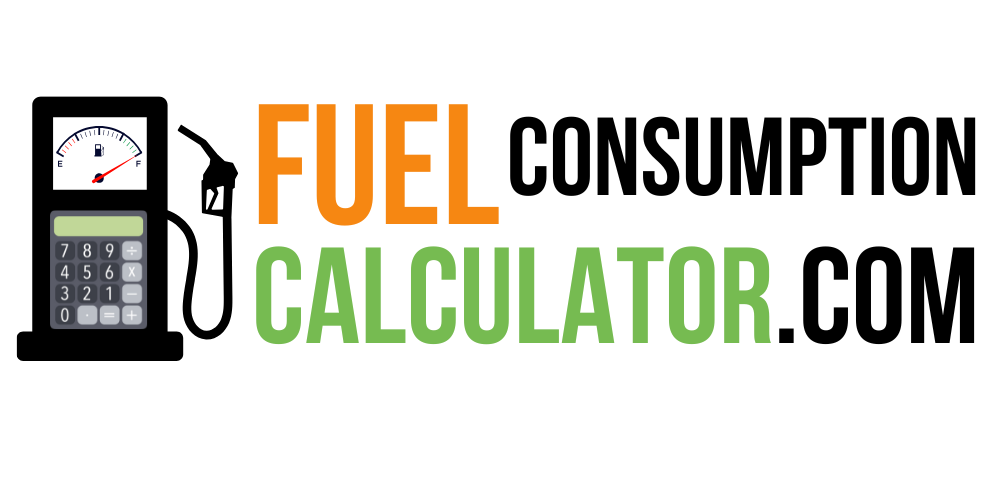When it comes to vehicle customization, one of the most debated topics is the impact of bigger wheels on fuel consumption. Here’s a surprising fact to kick things off: did you know that larger wheels, often chosen for their aesthetic appeal, can actually reduce your car’s fuel efficiency by up to 2 miles per gallon?
In this article, we’ll delve into the relationship between bigger wheels and fuel consumption, exploring the key factors involved and what this means for your vehicle.
Contents
Key Takeaways
- Increased Rolling Resistance: Larger wheels and tires increase rolling resistance, leading to higher fuel consumption.
- Weight and Inertia: Bigger wheels are heavier, which affects the vehicle’s overall weight and inertia, requiring more power during acceleration.
- Engine Efficiency: Larger tires can disrupt the engine’s optimal torque curve, reducing fuel efficiency.
- Aerodynamics and Wind Resistance: Wider tires can increase wind resistance, further impacting fuel economy.
- Practical Considerations: Smaller wheels with larger sidewalls can offer better ride quality and handling.
The Impact of Bigger Wheels on Fuel Consumption
Increased Rolling Resistance
Rolling resistance is a critical factor in determining fuel efficiency. Larger wheels and tires have a greater contact patch with the road, which means more surface area is in contact with the ground. This increased contact patch results in higher rolling resistance, requiring more energy to propel the vehicle forward and thus increasing fuel consumption.
Weight and Inertia
Bigger wheels are not only larger but also heavier, contributing to the overall weight and inertia of the vehicle. This added weight requires extra power during acceleration, which translates to higher fuel consumption. For instance, switching from 16-inch to 17-inch wheels can add several pounds, significantly affecting the vehicle’s performance and fuel economy.
Engine Efficiency
The size of the tires affects the engine’s torque curve relative to the vehicle’s weight. Larger tires can alter the gear ratio and engine RPM, making the engine work harder to maintain the same speed. This disruption in the engine’s optimal operating range reduces fuel efficiency. For example, diesel engines operate most efficiently at around 1600-2000 RPM, while gas engines are optimal between 2000-2500 RPM. Larger tires can push these RPMs out of the optimal range, leading to reduced fuel efficiency.
Aerodynamics and Wind Resistance
Wider tires, often paired with larger wheels, can increase wind resistance. At higher speeds, the wider profile of these tires creates more drag, requiring the engine to work harder to overcome this resistance. This increased wind resistance further reduces fuel economy, especially during highway driving.
Practical Considerations
While bigger wheels may enhance the aesthetic appeal of a vehicle, they often compromise on practicality. Smaller wheels with larger sidewalls can provide a better ride quality and improved handling, especially over rough roads. For example, a car equipped with 17-inch wheels and low-profile tires may ride harshly over potholes, whereas smaller wheels with meatier sidewalls can absorb these bumps more effectively.
Products to Improve Your Experience
If you’re looking to balance aesthetics with functionality, consider the following:
- Wheel and Tire Packages: Opt for wheel and tire combinations that are designed to maintain the vehicle’s original specifications. This ensures that the gear ratio and engine RPM remain within the optimal range.
- Tire Pressure Monitoring Systems: These systems help you maintain the correct tire pressure, which is crucial for minimizing rolling resistance and improving fuel efficiency.
- Fuel Efficiency Apps: Apps like Fuelly can help you track your fuel consumption and provide insights into how different wheel and tire configurations affect your mileage.
Examples and Applications
Case Study 1: Real-World Impact
A user on the VW Vortex forum reported a decrease in gas mileage by about 2 miles per gallon after switching from 16-inch to 17-inch wheels on their 2000 New Beetle TDI. This real-world example highlights the tangible impact of larger wheels on fuel consumption.
Case Study 2: Off-Road Considerations
For those who frequently drive off-road, larger tires can offer better ground clearance and traction. However, this comes at the cost of reduced fuel efficiency on regular roads. A mechanic’s experience with a Hummer equipped with 24-inch wheels illustrates how these larger wheels can significantly impact fuel consumption and overall vehicle performance.
Applying the Information
To apply this information in your daily life, consider the following:
- If you prioritize fuel efficiency, stick with the manufacturer’s recommended wheel and tire size.
- If you need better off-road capabilities, larger tires might be beneficial, but be aware of the trade-offs in fuel consumption.
- Regularly check and maintain the correct tire pressure to optimize fuel efficiency.
The Bottom Line
In conclusion, while bigger wheels may enhance the look of your vehicle, they come with significant drawbacks in terms of fuel consumption. By understanding the impact of rolling resistance, weight, engine efficiency, and aerodynamics, you can make informed decisions that balance aesthetics with practicality.
So, the next time you’re tempted by those sleek, larger wheels, remember: smaller might just be better for your wallet and the environment. Consider your driving habits and needs, and choose the wheel and tire configuration that best suits your lifestyle. Happy driving

Hi, I’m Sufiyan, the developer behind this platform. I created FuelConsumptionCalculator.com to simplify fuel tracking for everyone — because understanding your vehicle shouldn’t require a degree in mechanics. I’m always working on adding more tools and content to make this site even more useful

